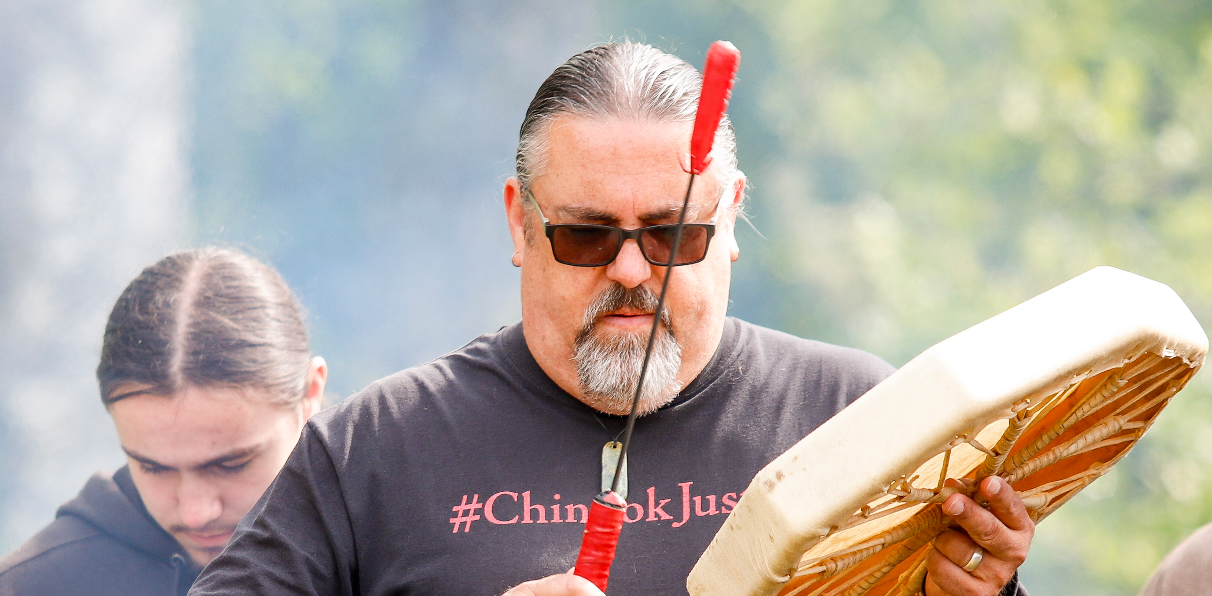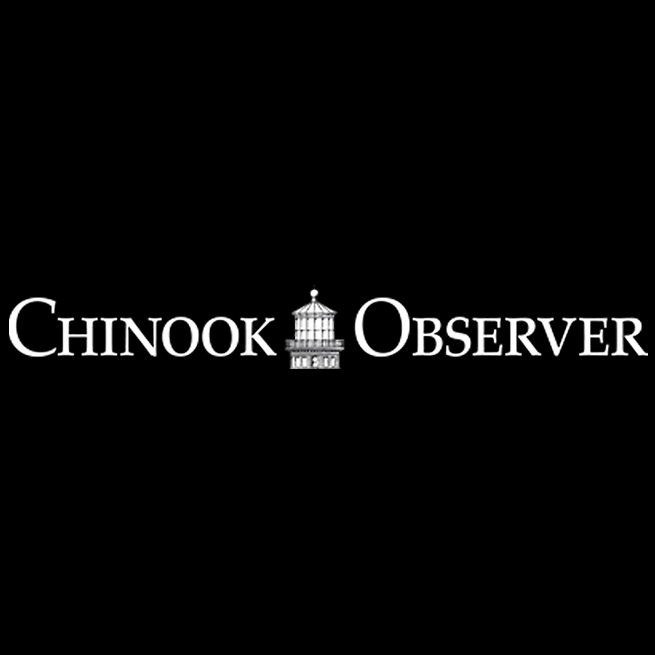Oyster growers feel new optimism about shrimp control
Published 8:30 am Tuesday, April 29, 2025
Last Monday, Gov. Bob Ferguson signed Substitute House Bill 1309 into law, formally establishing a research program for the control of burrowing shrimp at the Washington State Department of Agriculture.
The crustaceans, which tunnel beneath mudflats and turn otherwise ideal bottom culture habitat into shellfish-suffocating quicksand, are diminutive in size. But the threat they pose to the livelihoods of the region’s small- to medium-sized oyster farmers is enormous.
“If you don’t have an 800-acre farm, but an 80-acre farm, and you lose 40 acres of it to burrowing shrimp, that’s a substantial decrease in your ability to produce shellfish and a substantial decrease in revenue,” explains David Beugli, executive director of the Willapa Grays Harbor Oyster Growers Association (WGHOGA). “Two [small farmers] have already sold in the last couple of years because they were at a point where they couldn’t remain viable.”
Trending
Based in ag department
HB 1309, sponsored by 19th Legislative District Rep. Joel McEntire (R-Cathlamet), doesn’t create said research program from scratch. Rather, it gives a now six-year-old collaboration between various stakeholders and state agencies, known as the Integrated Pest Management Working Group (IPMWG), an official home within the state’s bureaucracy.
The working group, whose goal is to craft an integrated approach to shrimp control that minimizes the use of chemicals, was originally mandated as part of a 2019 settlement agreement between WGHOGA and the Washington Department of Ecology. The growers had appealed the agency’s denial of their permit to use the insecticide imidacloprid, which itself followed multiple years of bitter, highly-publicized controversy over the chemical’s potential side effects.
That settlement, however, only required the working group to meet for one year. The participants have had to periodically renew their agreement to keep working together ever since.
Long-term work
Everybody thus far has seen value in the ongoing collaboration and have come to the table willingly. But even so, members saw a need for the working group to be held together by something more robust than a legal settlement.
Trending
“All the people at the table have recognized that we need an established group to work on this long-term and it’s not something that’s going to be solved in one or two years,” says Kathleen Nisbet Moncy, a fourth-generation oyster farmer at Goose Point Oysters and president of WGHOGA.
HB 1309 meets that need by extending the working group’s mandate until at least 2035. And while the bill itself does not appropriate a set amount of money over the next decade, its housing the working group under WSDA does allow the group to access new sources of funding.
“This allows us to go look for outside dollars,” explains Nisbet Moncy. “The way we were structured before, we couldn’t go and apply for grants or receive federal dollars, but now by formalizing this group, it allows us to work with Department of Agriculture to get outside dollars coming in.”
All this, in Beugli’s and Nisbet Moncy’s view, is cause for excitement and optimism. A truly sustainable, cost-effective solution to the shrimp problem remains elusive, but ongoing research has also definitively shown that the shrimp are not invincible, and that non-chemical methods of controlling them do exist. And the working group now has a more stable, statutory platform upon which to further that research than ever before.
“It’s very unusual to see agencies and industry working so close together to solve a common problem,” says Beugli. “I got calls afterwards from the agency staff that are on the group, saying how excited they are to see that we’re moving in this direction, and they’re looking forward to the future work and continuation of work that’s underway.”










